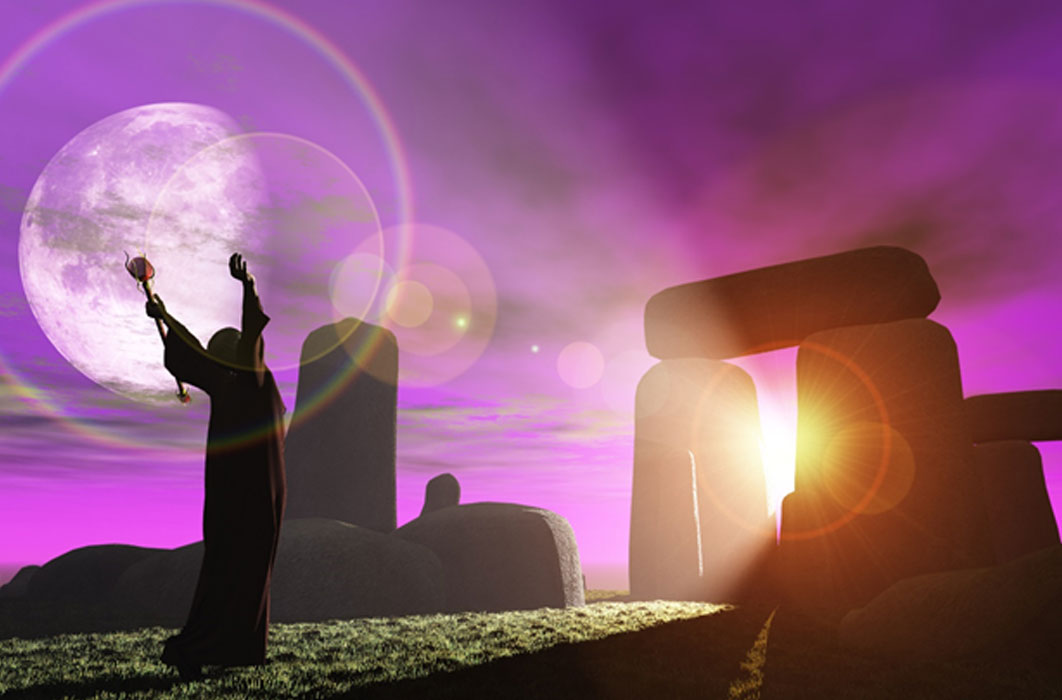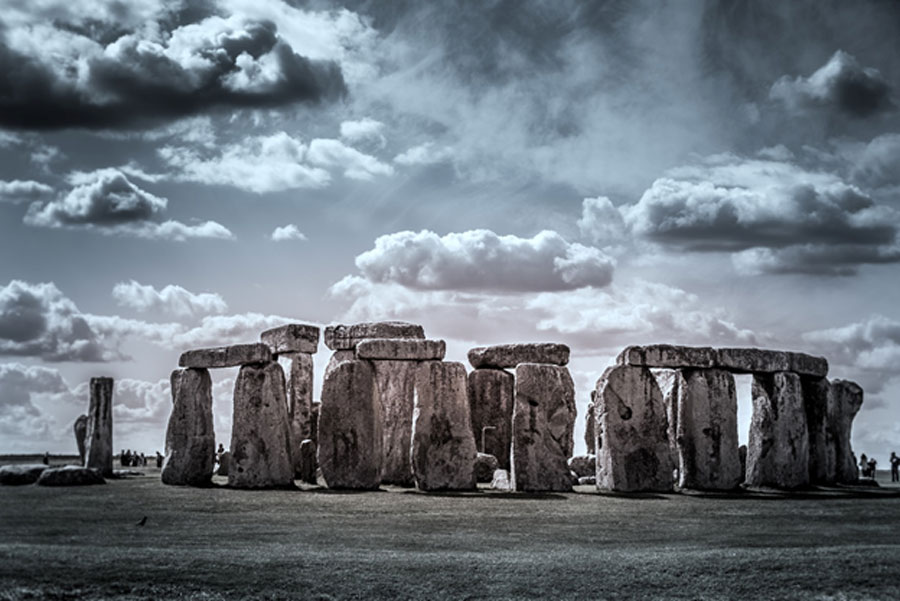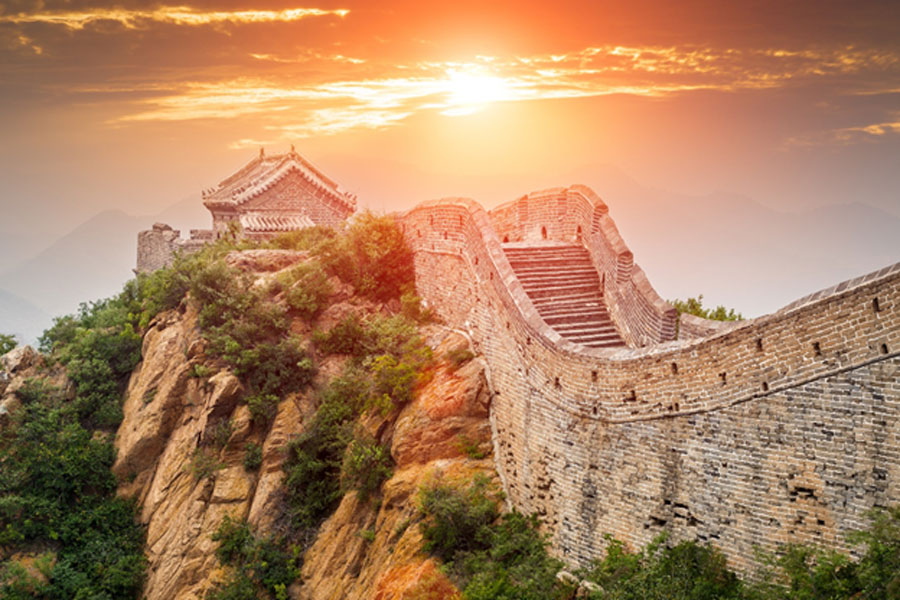
Who Kept the Ancient Wisdom of Stonehenge?
Stonehenge is one of the most famous monuments in the world. Although it stands in isolated countryside in south-central England, miles from any major town, it is one of Britain’s most popular tourist sites, attracting more than a million visitors every year. It is also one of the most ancient. Who kept it secrets?

Pyramids of Giza (Marcella Miriello / Adobe Stock)
Most Mysterious Prehistoric Stone Age Construction
Around 5,000 years old, it predates the Great Pyramids of Egypt by over four centuries. In fact, it predates even recorded history and the use of metal implements, making it both a prehistoric and a Stone Age construction. And, above all, it is one of the most mysterious monuments in the world. Those who created it spent years toiling away with little more than animal horns, shaped rocks, dry bones, and their bare hands for tools. The time and effort thought necessary to have built Stonehenge is staggering. Archaeologists have estimated that the cutting, hauling, and erection of the stones for just the main part of the circle alone would have taken almost 40 million work-hours and over 10,000 people toiling full time on the project for years on end, when the entire population of south-central England was only around 30,000. Stonehenge must have been of immense importance to those who made it, yet its purpose remains a mystery. Why did the ancient people of Britain go to such extraordinary lengths to construct this enigma in stone?

Stonehenge (LevT/ Adobe Stock)
Enigmatic British Earthworks
Remarkably Stonehenge was only one of thousands of stone circles erected throughout the British Isles—together with countless solitary standing stones, stone rows, huge earthen mounds, embankments, ditches, avenues, and other earthworks—that continued to be built and maintained for a period spanning over three millennia, between around 3100 BC and the arrival of the Romans in Britain during the first century AD, and even longer in Ireland. Through this entire era the basic design of these various monuments remained consistent. This vast array of ancient constructions is just as enigmatic as Stonehenge itself. How was it possible for scattered settlements of people—who left no evidence of the infrastructure of civilization, such as buildings, roads, and cities, nor any indication of overall leadership, taskmasters, or central government—to continue to create these monuments in unison for so long? If we hope to understand Stonehenge, it is essential to solve the enigma of this unique, enduring society. The mystery of Stonehenge cannot be solved if seen in isolation. We need to appreciate this baffling network of ancient monuments in its entirety. So to start with, who built them?

Great wall under sunshine during sunset in Beijing, China ( Zhao jiankang / Adobe Stock)
Who Built Stonehenge?
It’s common knowledge that the Great Wall was built by the Chinese, the Coliseum was built by the Romans, and Machu Picchu was built by the Incas. But who built Stonehenge? Ask even those who visit the site today, and most probably don’t know. The reason being that the culture that created Stonehenge, and the myriad other monuments from Britain of the period, doesn’t actually have a name. Technically speaking, the first of them were Neolithic—meaning Late Stone Age—people. But so were much of the rest of the world’s population at the time. We know what many ancient cultures were called because they either still survive, left written records, or their remote descendants preserve their knowledge. But no such evidence exists from the ancient British Isles. However, the stone-circle builders are often referred to as the Megalithic culture because of the monuments they left behind. (The name comes from the word megalith, meaning ‘large stone’, specifically artificial standing stones such as those at Stonehenge.)




